THE MICHAEL A. LENTINI ARCHIVES PAGE IS UP & RUNNING! VISIT THE PAGE TO VIEW THE FABULOUS VINTAGE YEARBOOKS & PHOTOS! Many thanks to Mikey Lentini, for sharing with me his yearbooks, and personal photos! Grazie Mille, Mikey! You’re the best!
Posted: June 7, 2022 Filed under: Angela's Digital Footprint, Angela's picture galleries, East Harlem, East Harlem Ephemera, East Harlem School Days, Italian Americans, Italian East Harlem, New York City, NEW YORK ITALIANS, Pleasant Avenue, Thomas Jefferson Park, Vintage Photography | Tags: East Harlem, Italian Harlem 8 CommentsITALIAN POPULATION in EAST HARLEM-1930 CENSUS-Historical Facts and Figures
Posted: May 24, 2020 Filed under: digital photography, East Harlem, East Harlem Ephemera, East Harlem Facts and Figures, East Harlem Maps, Immigration history, Italian Americans, New York City, NEW YORK ITALIANS | Tags: facts and figures, maps, statistics 8 CommentsSo, historically speaking, where exactly did the neighborhood of East Harlem begin and end? Technically, the boundary started at 96th Street, from the East River, west to 5th Avenue, and heading North to 125th Street, but for all intents and purposes, the majority of the Italian district started well past E. 100th Street, and basically, started thinning out past E.125th Street.
Note: According to the 1930 Census, there were 5800 Italians living between E. 99th and E. 104th, from 1st Avenue to 3rd Avenue. Next, from East 104th to East 109th Streets, from 1st Avenue, heading west to 3rd Avenue, there were 15,500 Italians living in that zone. Moving North, from East 109th to 114th Street, there were 12,500 Italians living between Pleasant Ave., 1st and 3rd Avenues. And then, from East 114th Street, up to East 119th Street, between Pleasant Avenue, heading west to 3rd Avenue, there were 20,500 Italians living in that zone. This particular “Italian zone” is probably the largest, due to the fact that Pleasant Avenue was included in these population figures. Historically, Pleasant Avenue’s residential community started near Jefferson Park, from East 114th Street-near Rao’s, up toward East 125th Street. (However, past East 121st Street, near Pleasant Avenue (back in the day before the public housing development was built), that area was largely industrial in nature-up towards East 125th Street). Lastly, from East 119th Street, up to around East 125th Street, there were approximately 11,500 Italians living between Pleasant Ave. and 3rd Avenue. If you move West, from 3rd Avenue, up to 5th Avenue, there were thousands more Italians, starting from 91st Street, on the east side, and heading west and North to 5th Avenue and up past E. 125th Street! 🙂 Source: Casa Italiana Educational Bureau of Columbia University. (Leonard Covello was the Executor Director, at that time).
WHEN EAST HARLEM WAS IRISH
Posted: June 22, 2015 Filed under: Angela's Digital Footprint, East Harlem Ephemera, East Harlem Maps | Tags: 1851, East Harlem History, Historical Map, Irish East Harlem, Pre Civil War Leave a commenthttps://colbertwhelanfamily.wordpress.com/tag/harlem/
The Harlem Beach Bathing Pavilion- Circa 1882
Posted: February 13, 2014 Filed under: Architecture, But Not Forgotten!, East Harlem, East Harlem Ephemera, New York City 1 Comment http://frenchhatchingcat.com/2013/05/05/newfoundland-swam-harlem/
http://frenchhatchingcat.com/2013/05/05/newfoundland-swam-harlem/
Bayard House, 110th St. Harlem between 1st and 2nd Avenue by Gerald Sinclair Hayward / American Art
Posted: August 22, 2013 Filed under: East Harlem, East Harlem Ephemera, New York City, Vintage Photography 2 Comments
 Bayard House, 110th St. Harlem between 1st and 2nd Avenue by Gerald Sinclair Hayward / American Art.
Bayard House, 110th St. Harlem between 1st and 2nd Avenue by Gerald Sinclair Hayward / American Art.
An Italian Harlem Notable: Anthony Ravielli- Renowned Illustrator.
Posted: July 6, 2013 Filed under: East Harlem, East Harlem Ephemera, East Harlem Notables, Italian East Harlem 1 CommentAnthony (Tony) Ravielli (1 Jul 1916–9 Jan 1997) was born in Italian Harlem. He attended the Textile High School, taught himself anatomy by volunteering at the Bellvue Hospital morgue, and later studied at the Cooper Union and Art Students League. He began his career as a portrait painter, went into advertising, and by the early 1950s had become an author and freelance illustrator. By this time he had mastered what would become his signature medium–the scratchboard (or scraperboard, if your British). His spare, elegant, and remarkably accurate illustrations still stand today as some of the best examples of the medium.
 But Ravielli would be forever linked with golf, a sport especially in need of instruction. In 1957 Hogan approached Ravielli to illustrate a five part series titled the “The Five Lessons: The Modern Fundamentals of Golf.” The result, which was quickly turned into a book, would become, perhaps, the most important book on golf instruction ever written. Despite 50 years of changes to the game it is still in print, and still a bestseller.
But Ravielli would be forever linked with golf, a sport especially in need of instruction. In 1957 Hogan approached Ravielli to illustrate a five part series titled the “The Five Lessons: The Modern Fundamentals of Golf.” The result, which was quickly turned into a book, would become, perhaps, the most important book on golf instruction ever written. Despite 50 years of changes to the game it is still in print, and still a bestseller.


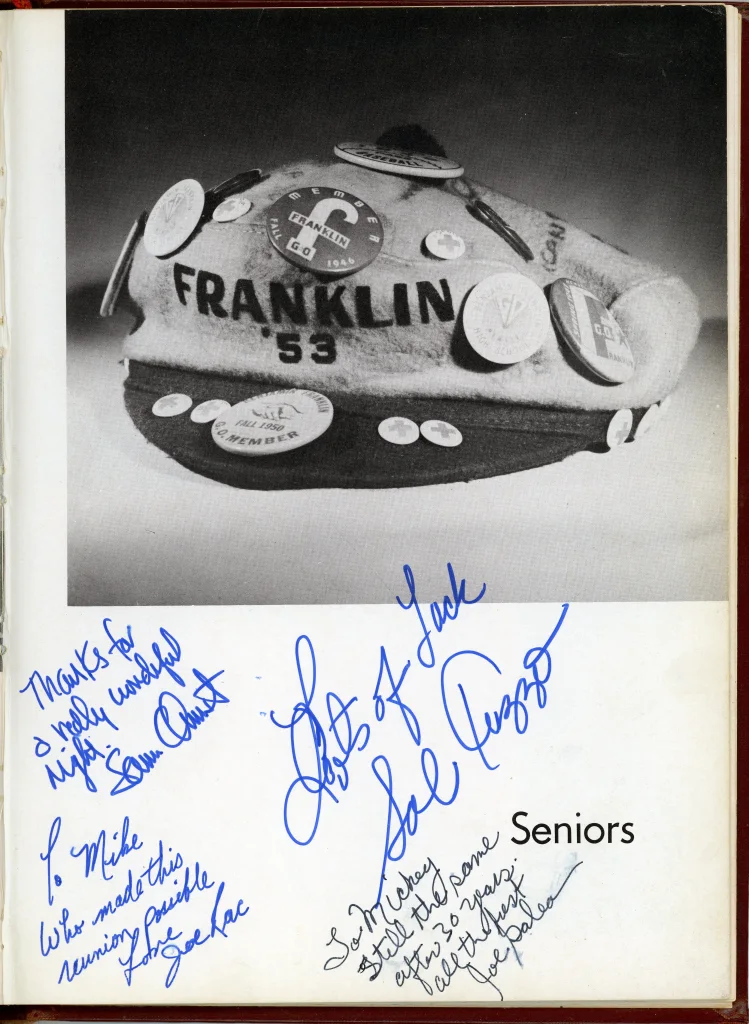
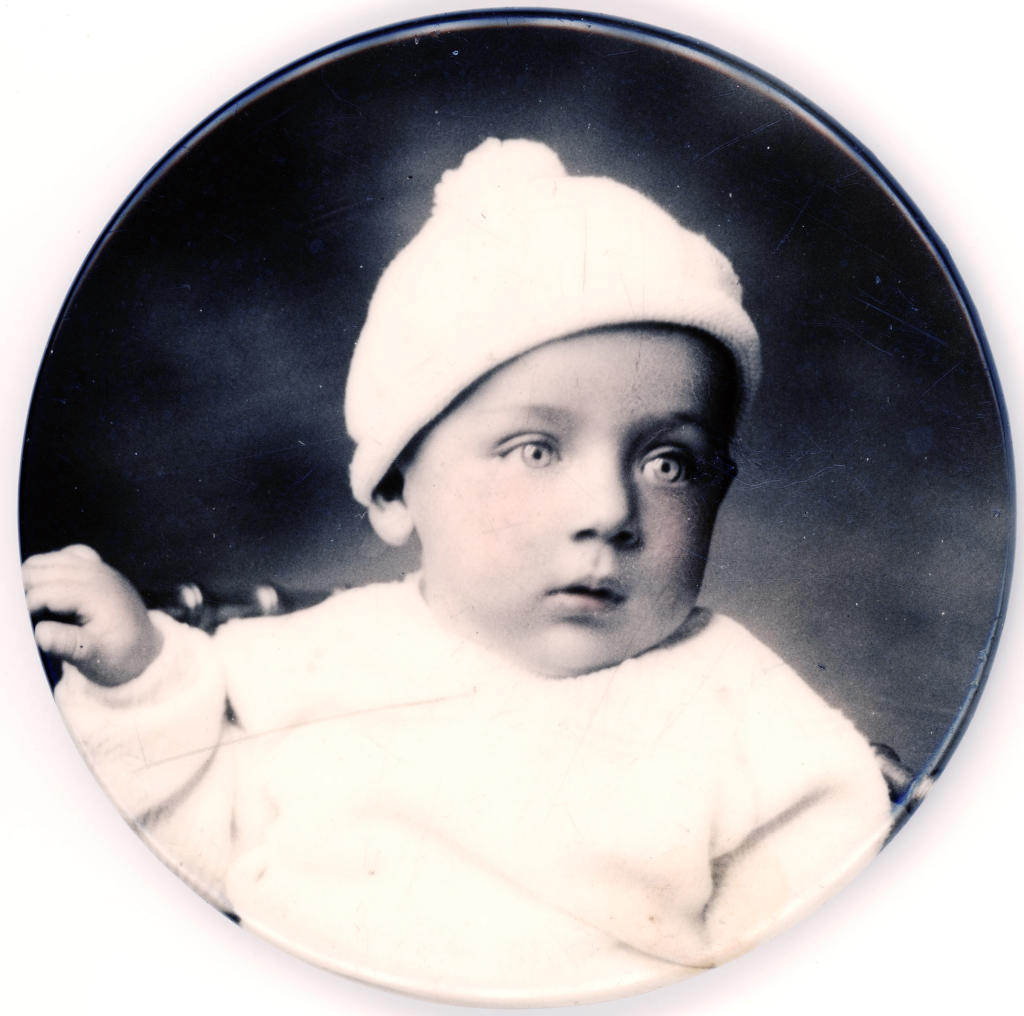
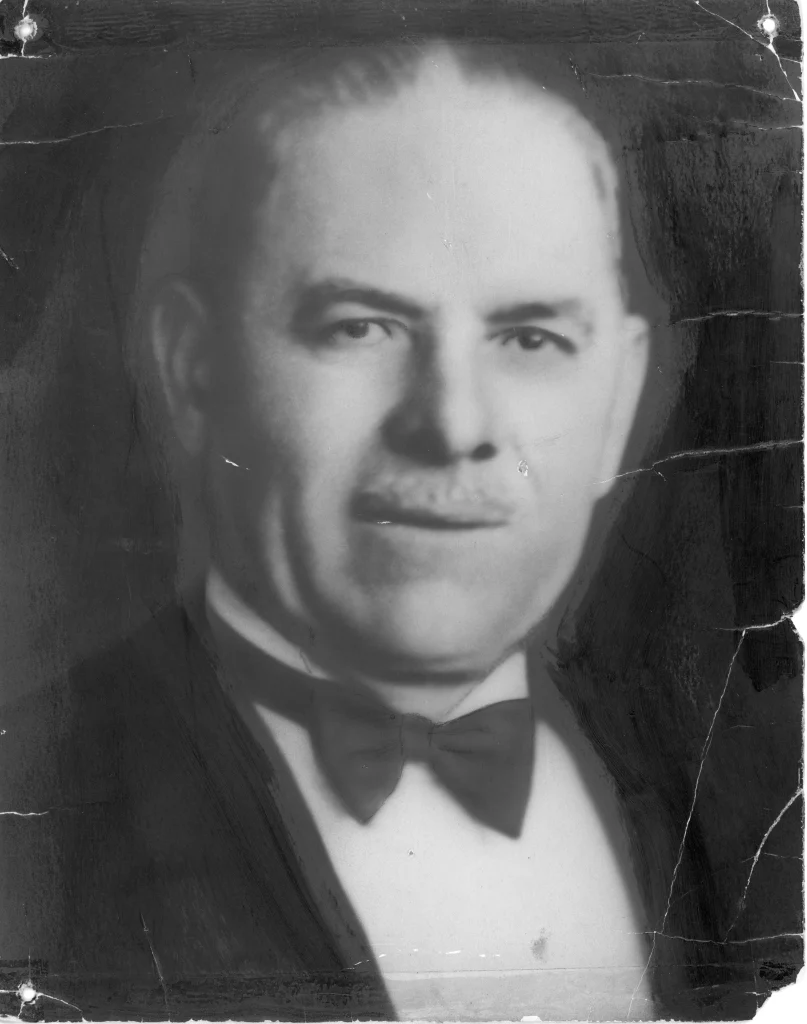
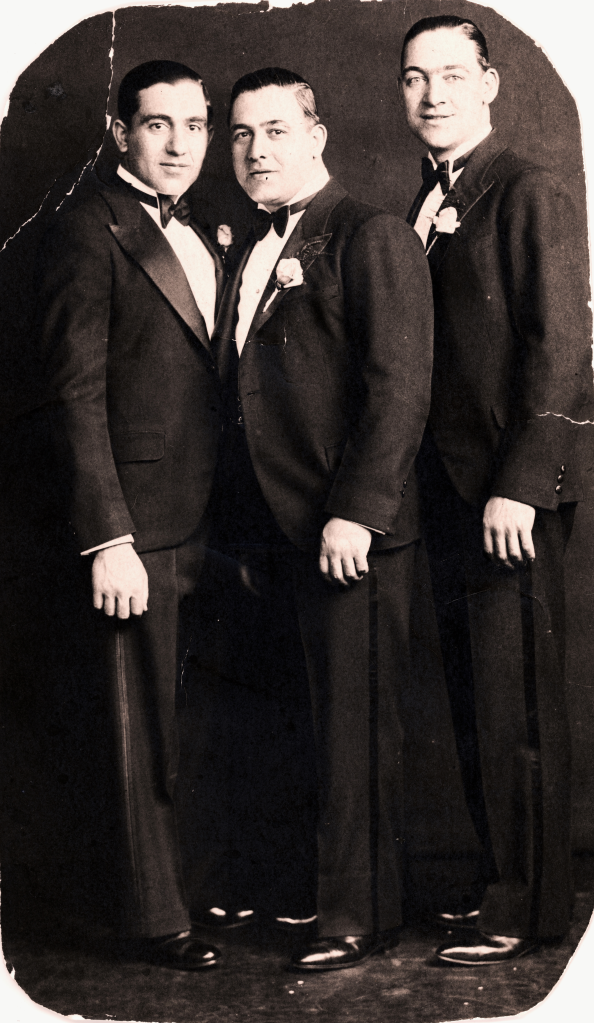
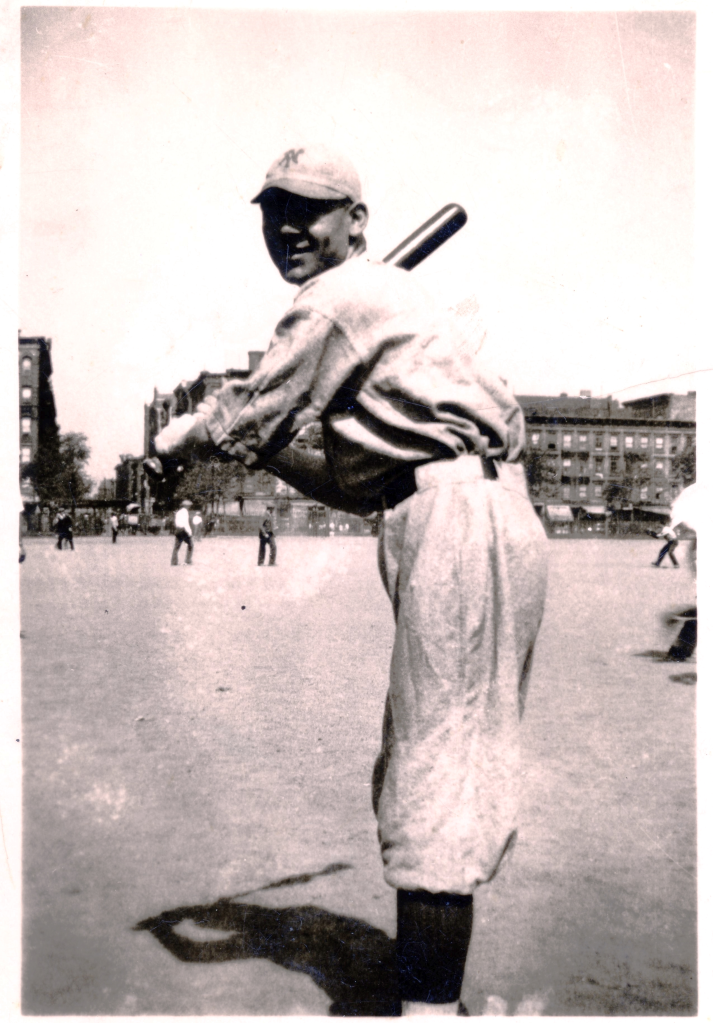
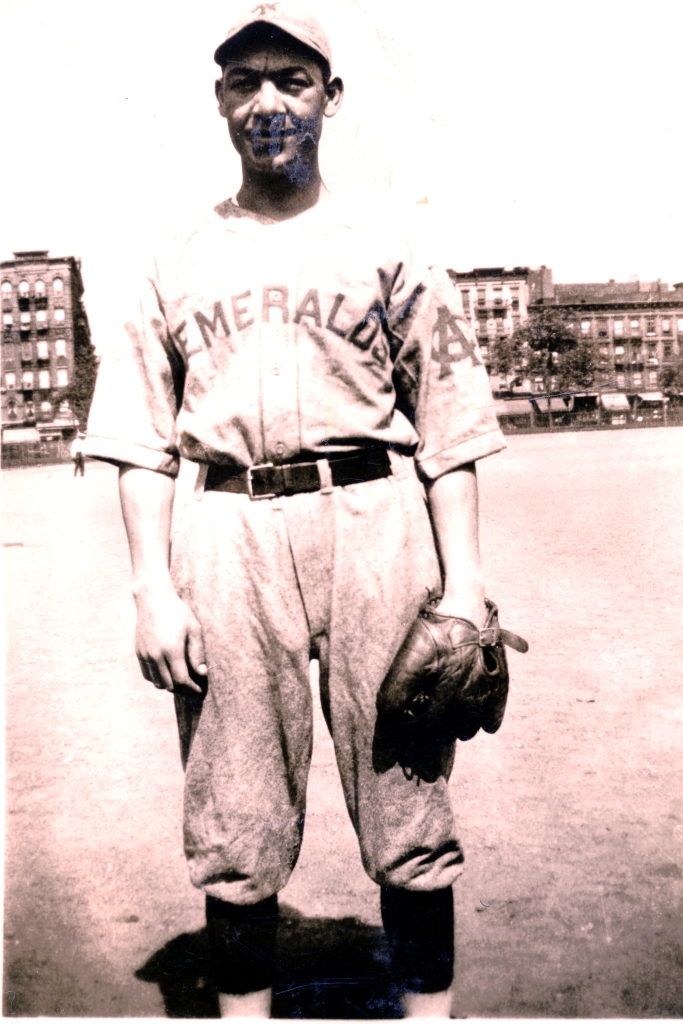


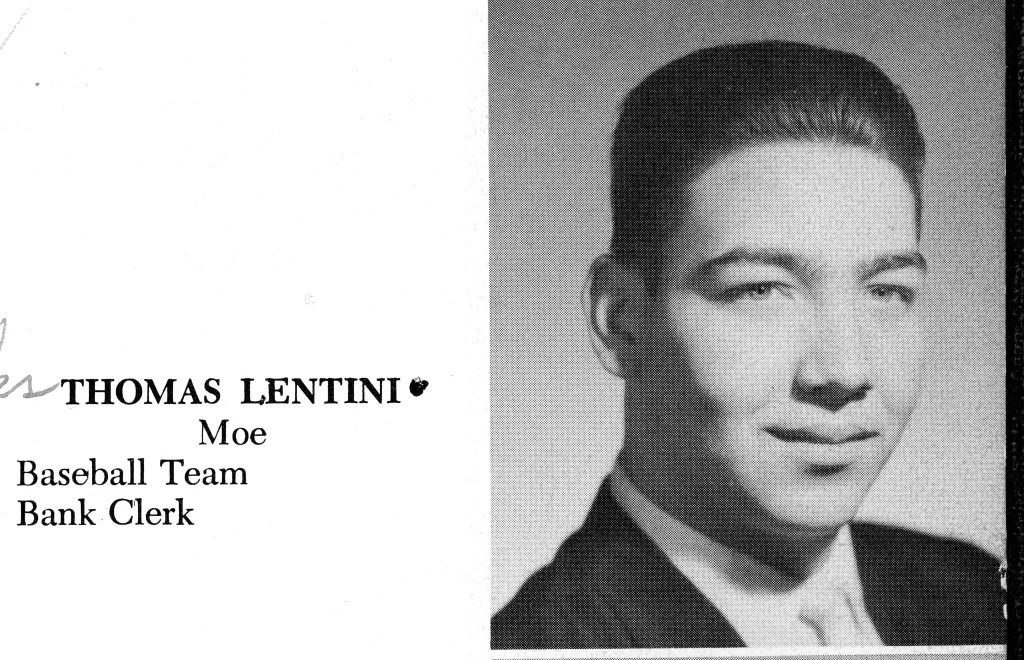
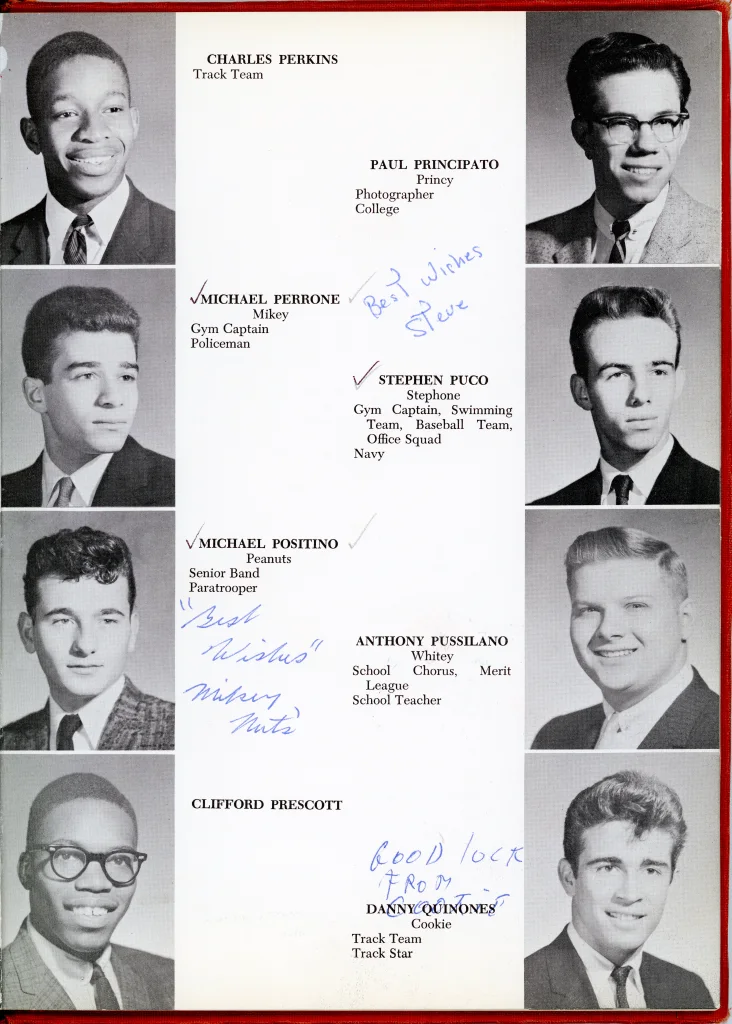


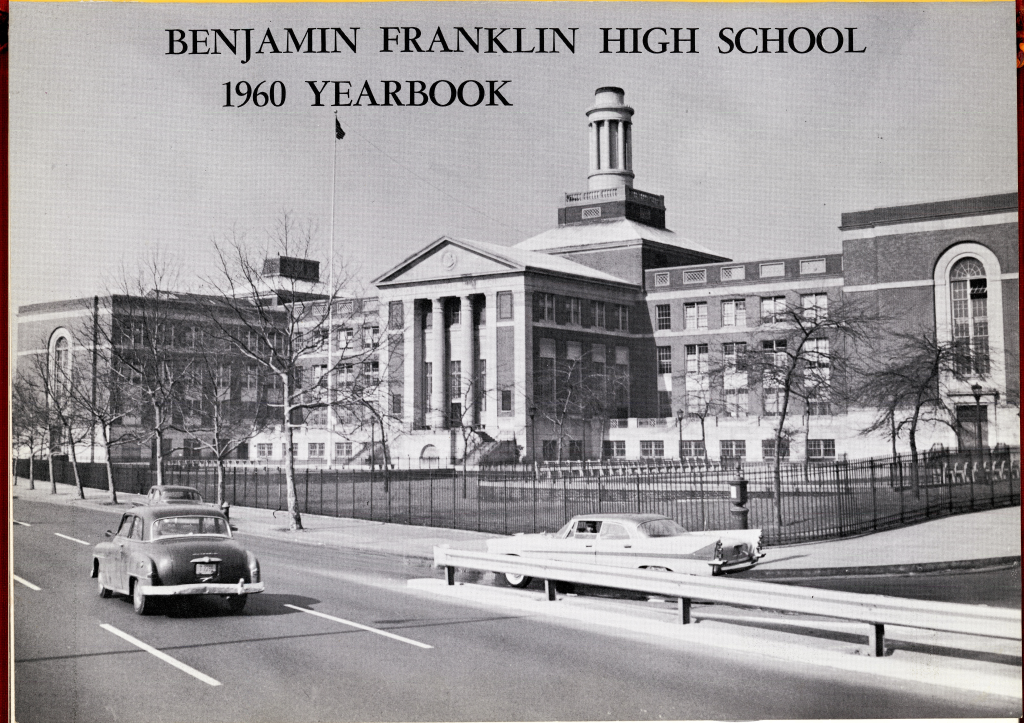

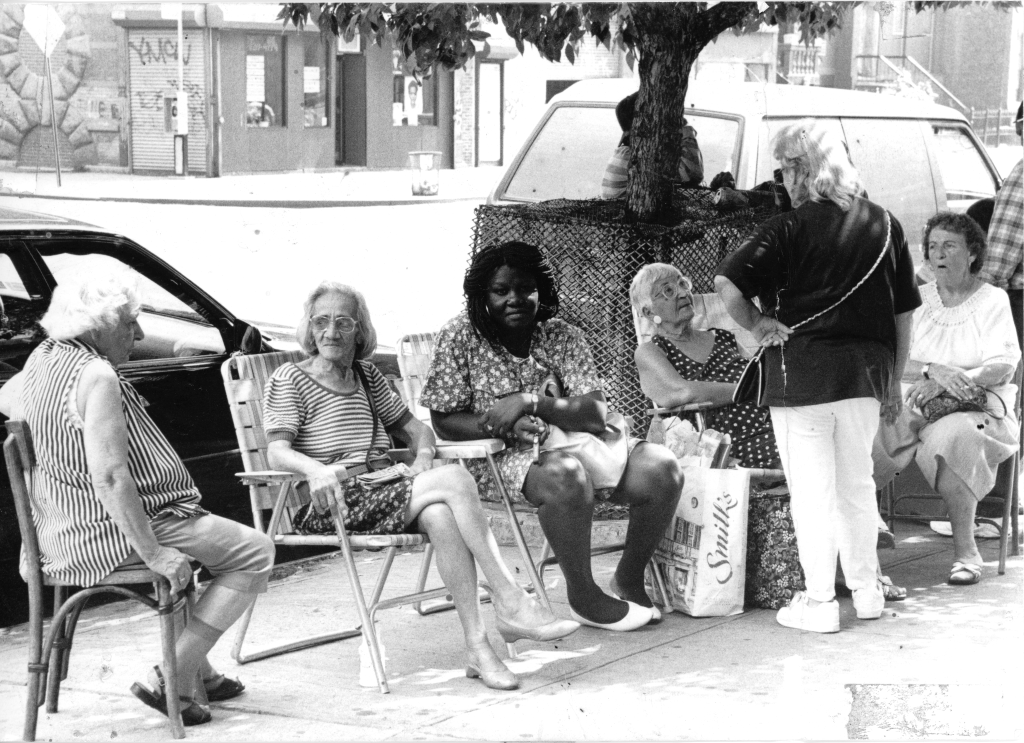
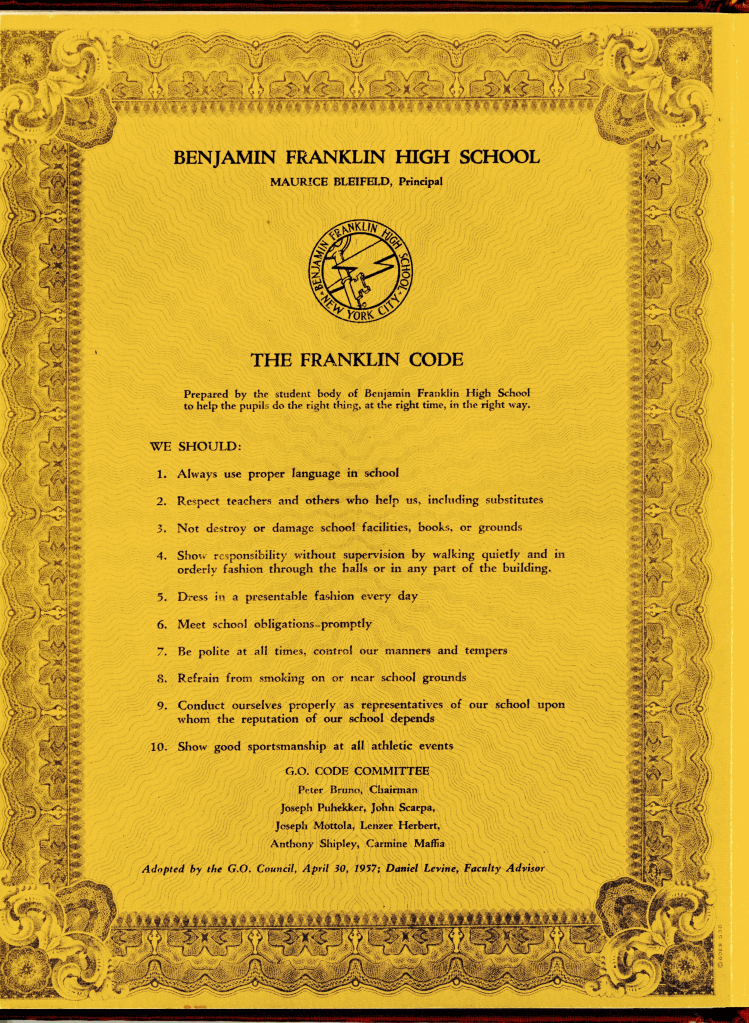
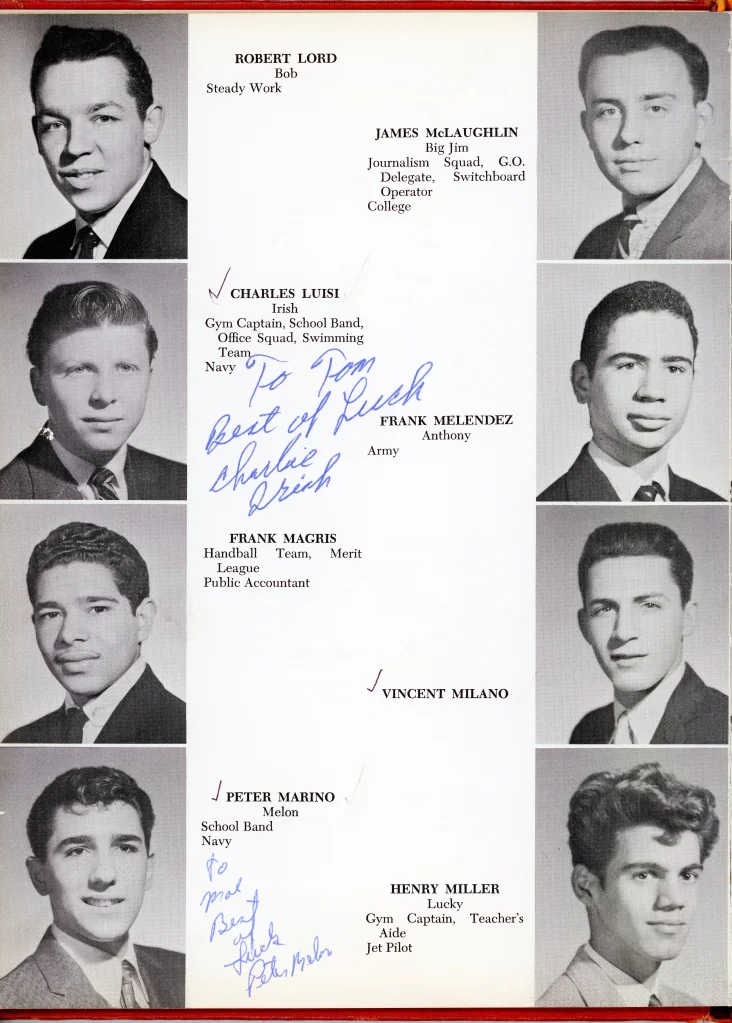
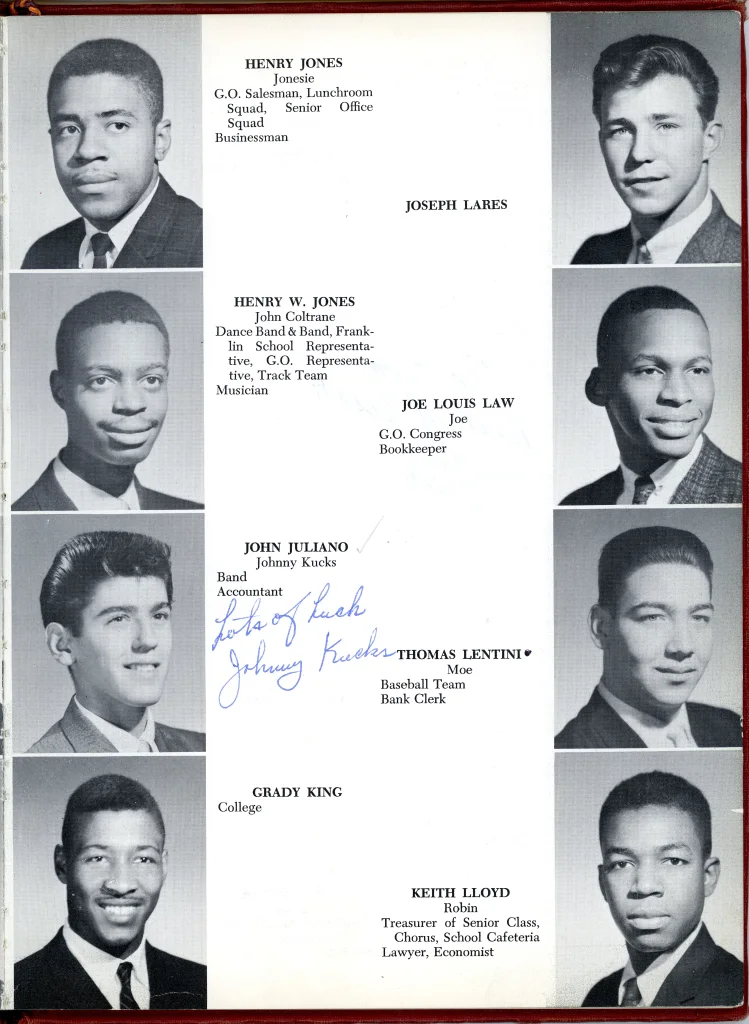
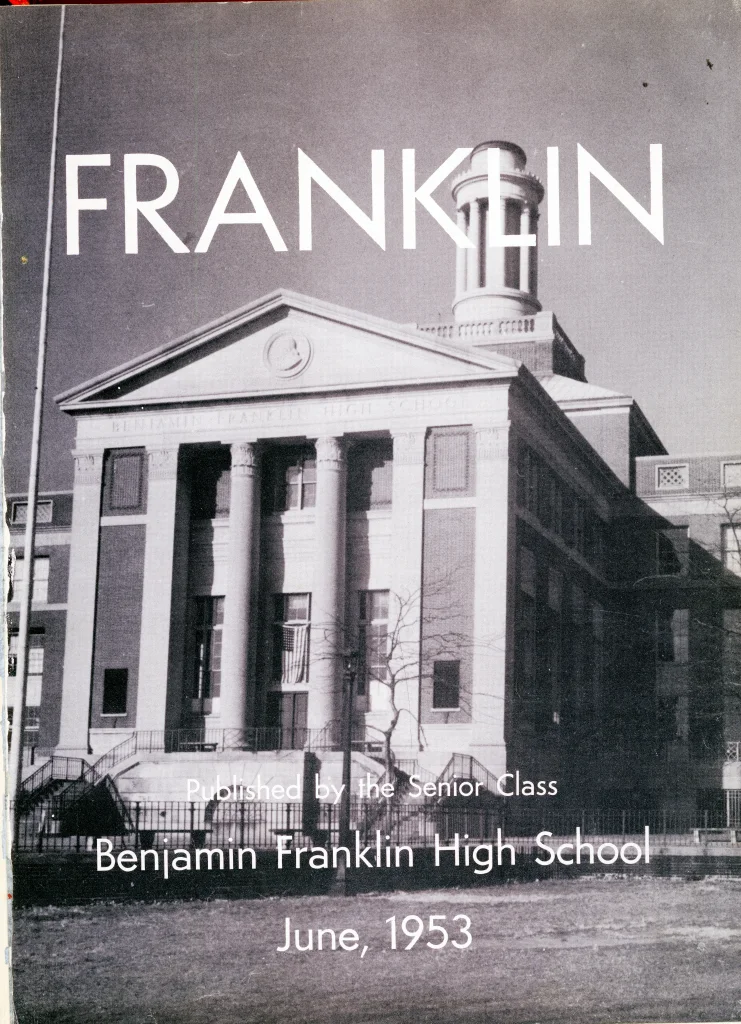
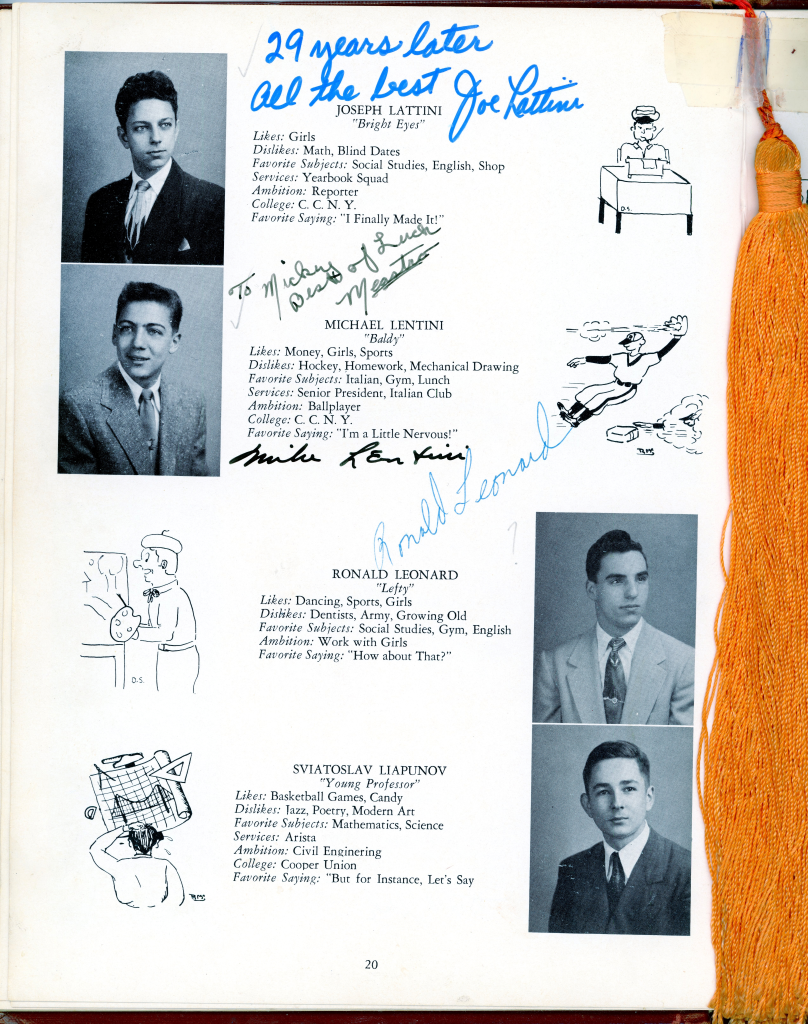
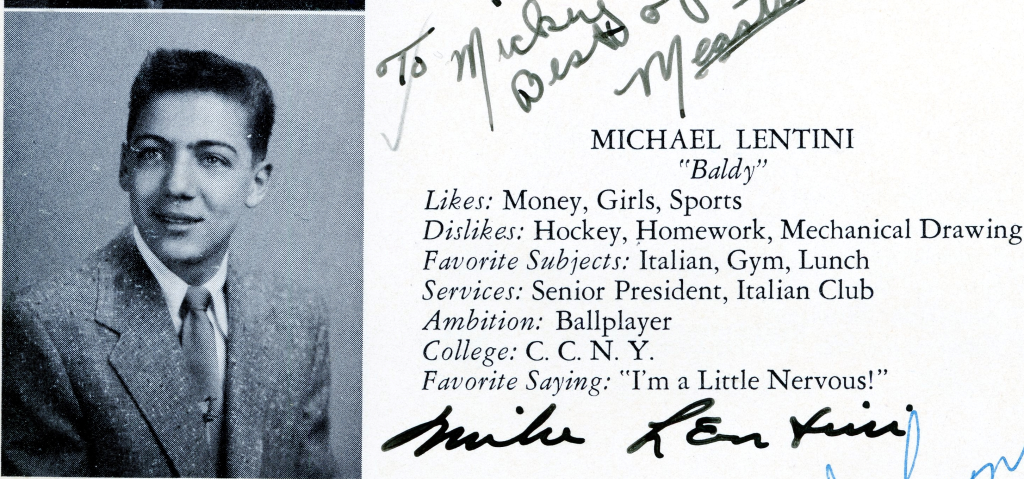
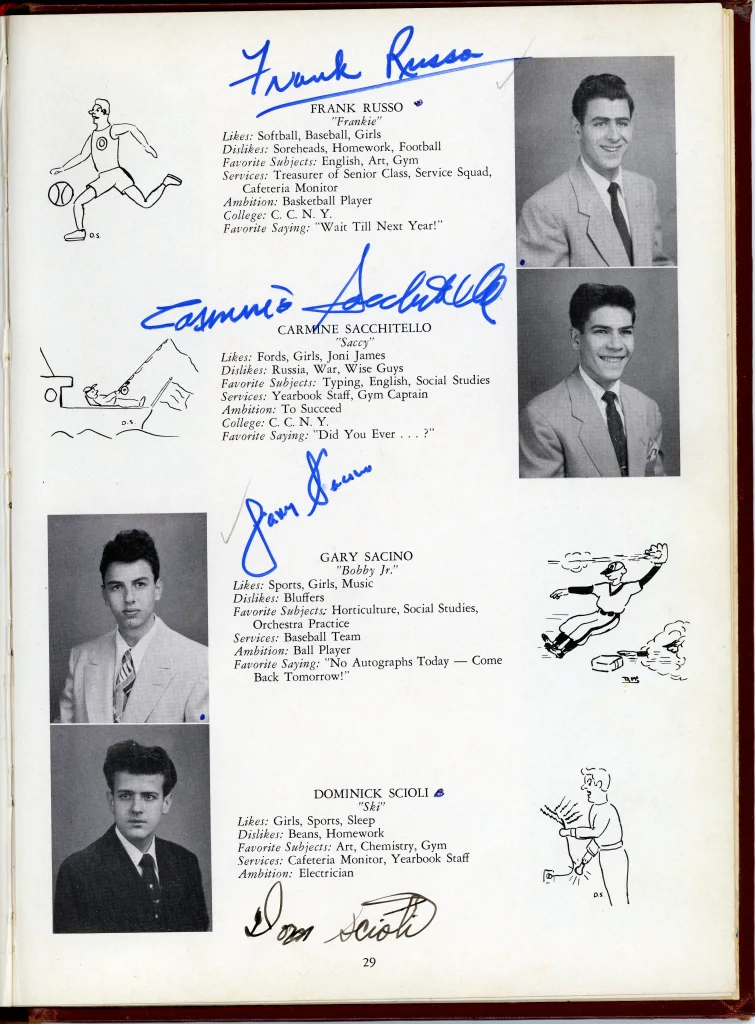
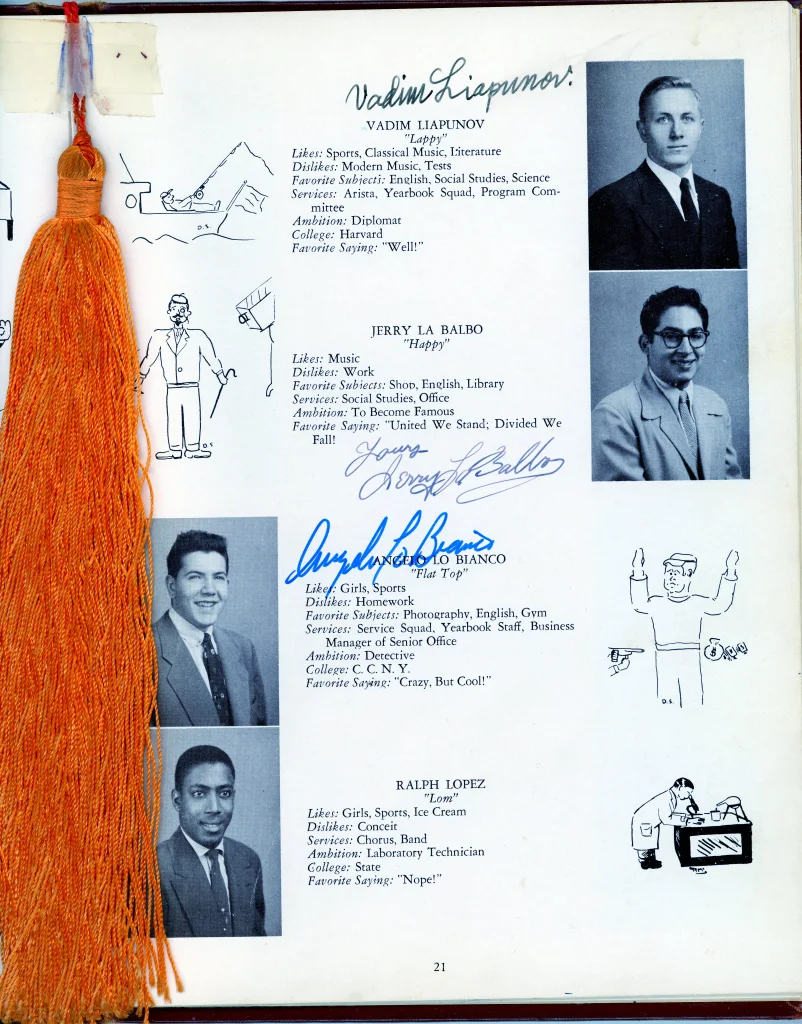
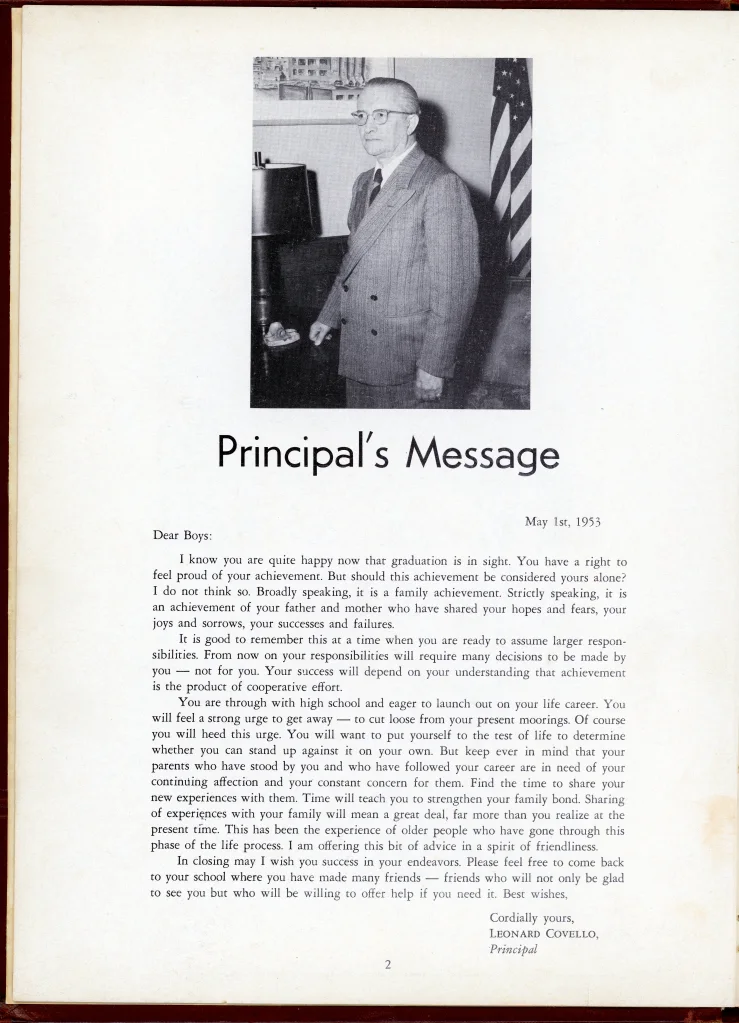
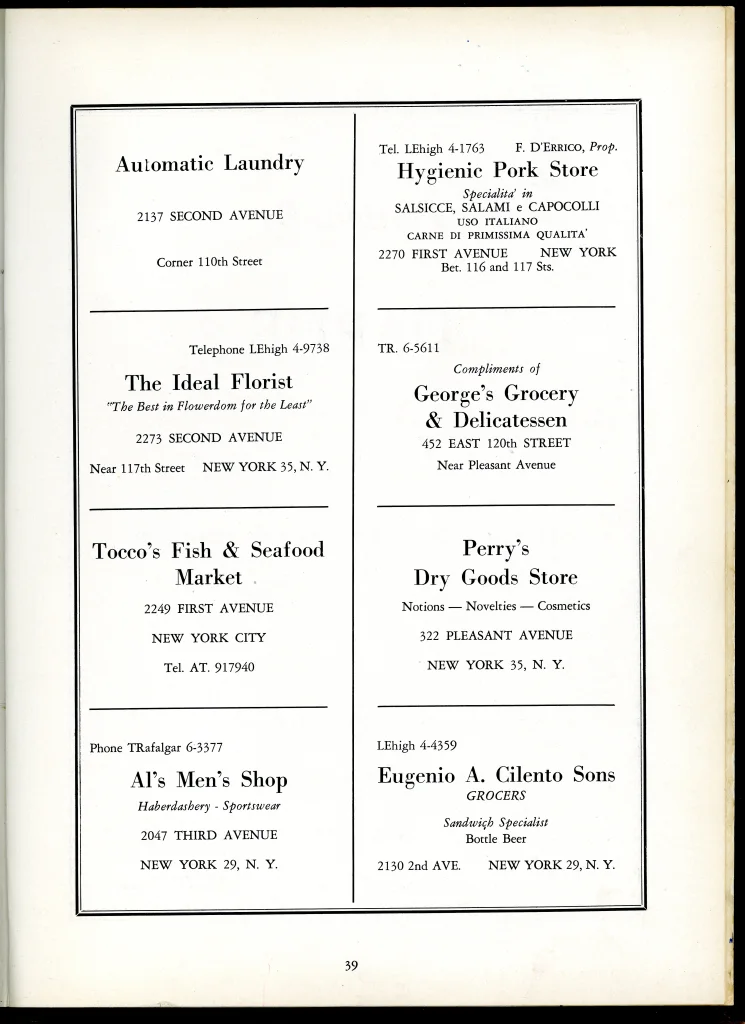
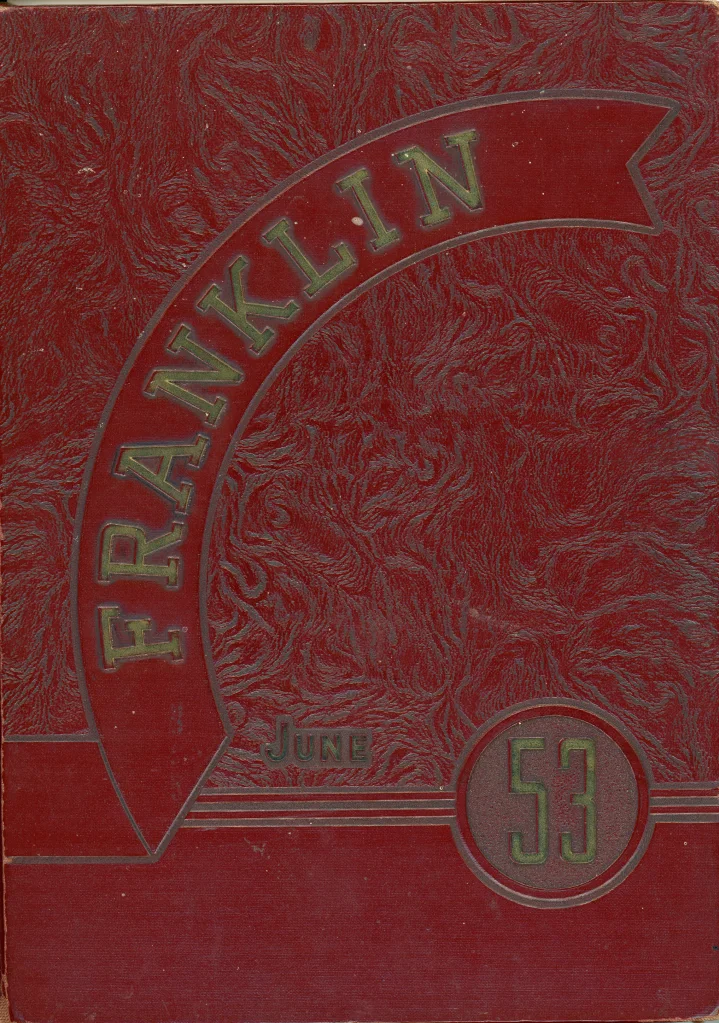
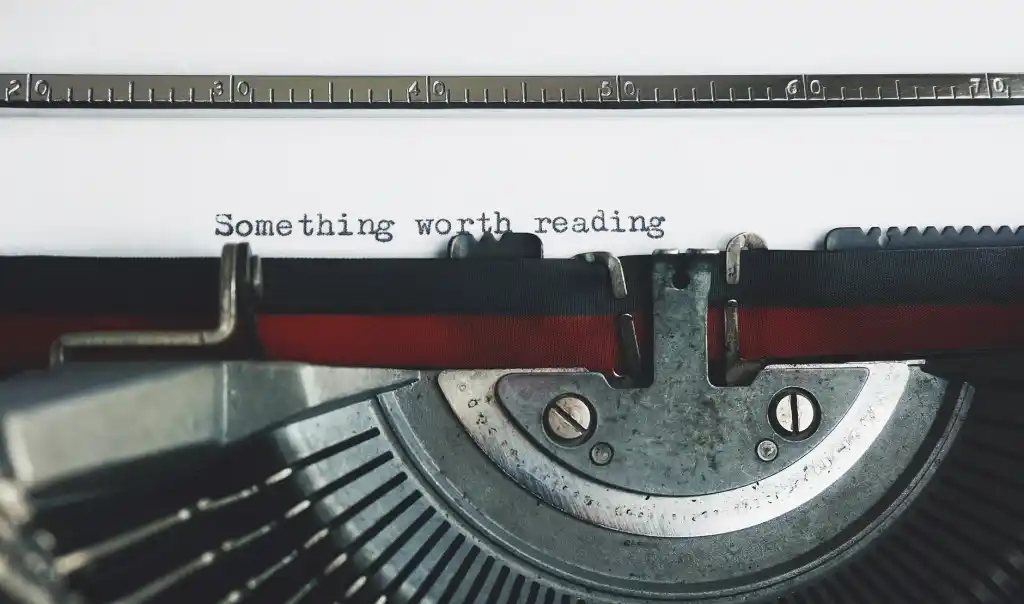


Recent Comments